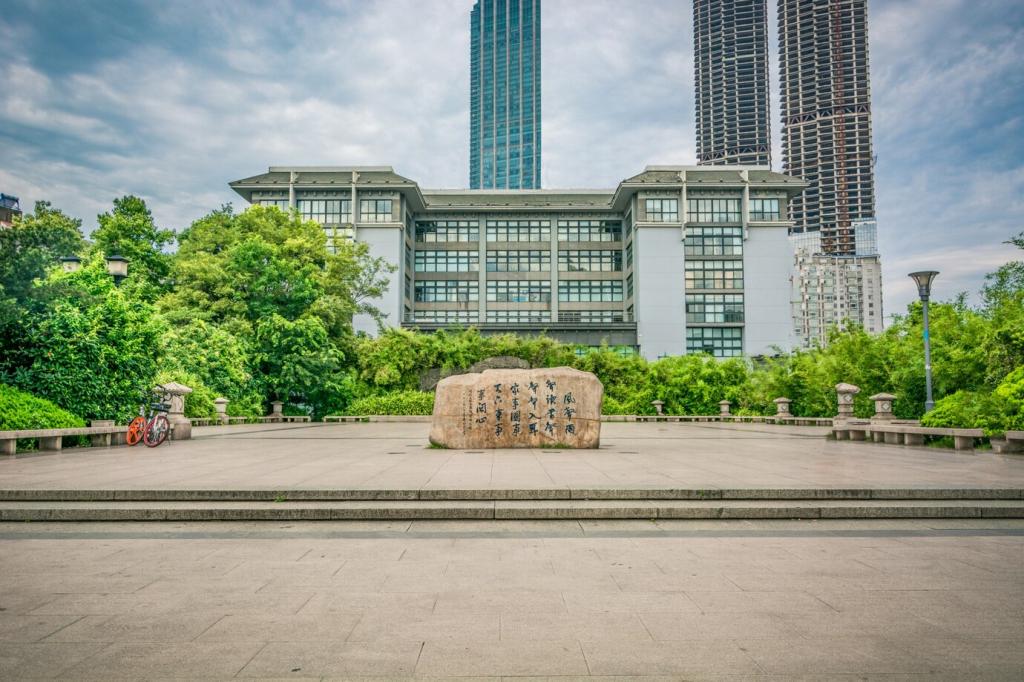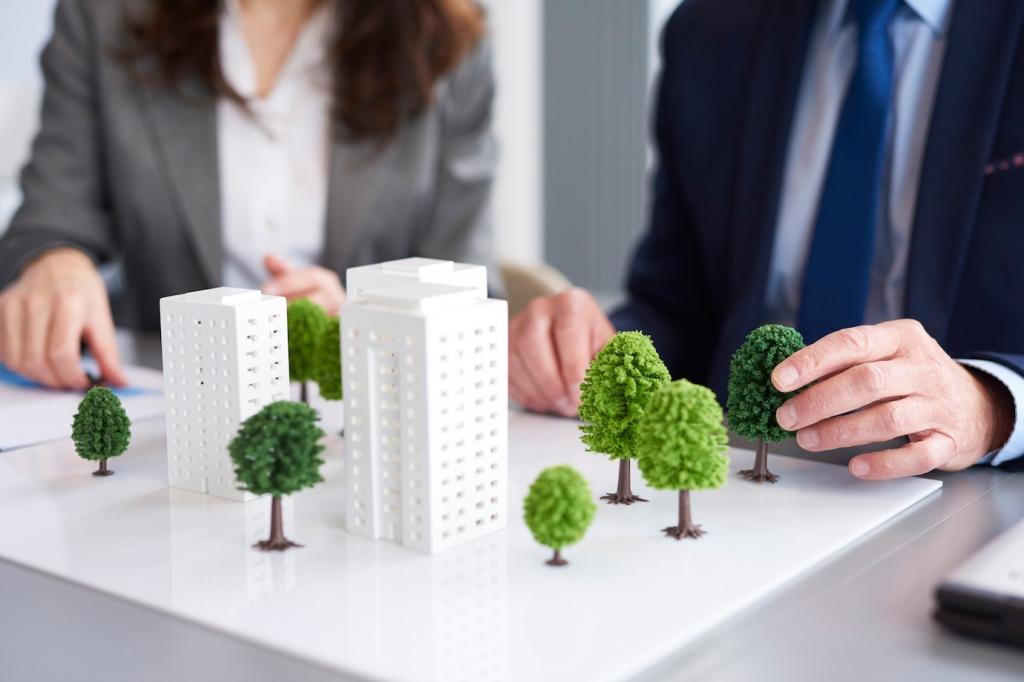This website uses cookies so that we can provide you with the best user experience possible. Cookie information is stored in your browser and performs functions such as recognising you when you return to our website and helping our team to understand which sections of the website you find most interesting and useful.

The Future of Interior Design: Sustainable Material Innovations
Sustainable material innovations are rapidly transforming the interior design landscape, ushering in a new era of environmentally conscious creativity. As the world becomes increasingly aware of ecological challenges, designers and homeowners alike are prioritizing sustainability not only for environmental benefits but also for improved well-being and aesthetic value. The future of interior design is evolving towards spaces that reflect ethical choices, technological advancements, and a harmonious relationship with the natural world. In this exploration, we delve into the dynamic journey of sustainable materials, their impact on modern interiors, pioneering breakthroughs, and how these innovations shape memorable, responsible living environments.
The Shift Towards Sustainability in Interior Design

Heightened Consumer Awareness

Industry-Wide Standards and Certifications

Designer Responsibility and Education
Recycled and Upcycled Materials
Rapidly Renewable Resources
Bio-Based and Low-Impact Innovations


